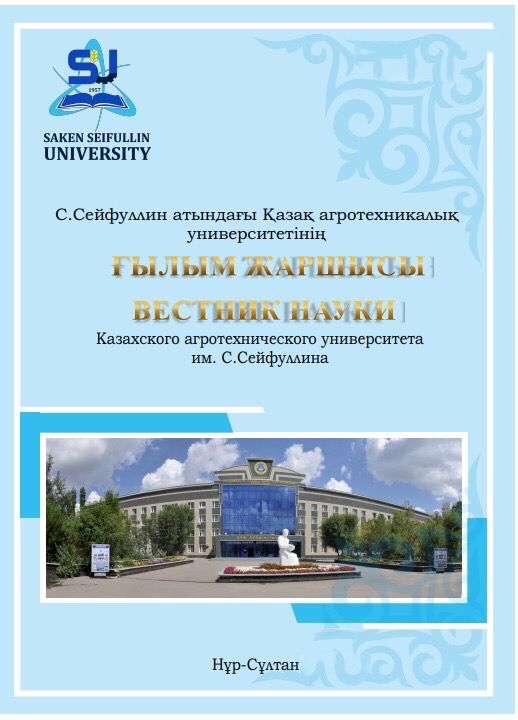RESEARCH DISTRIBUTION OF RESIDUAL STRESSES IN THE RIM OF A HEAT-PROCESSED RAILWAY WHEEL
Keywords:
Plasma hardening, residual stresses, X-ray and mechanical methods, stress distribution, wear resistance, fatigue strength, wheel rim, plasma jet, contact surface, hardened layer.Abstract
In the rim of a railway wheel hardened by surface plasma hardening, the nature and distribution of internal residual stresses are investigated. It is shown that during surface plasma hardening, the nature of the distribution of residual stresses depends on the power of the plasma jet (arc), the hardening rate, and the initial state of the metal. It is noted that in order to increase the wear and crack resistance, as well as the fatigue strength of the wheel metal when setting the plasma quenching mode, it is necessary to create conditions leading to a maximum value of the residual compressive stresses in the surface and subsurface layer and a change in the sign of the residual stresses at the interface with the initial structure by translating compressive stresses in stretching. Results of x-ray studies of the distribution of residual stresses are qualitatively confirmed by the data of the destructive mechanical
method. An assessment of the nature of the distribution of residual stresses by changing the length of the sample indicates that compressive stresses act in the surface layers of the rim, which in tensile layers of the rim transform into tensile stresses.

